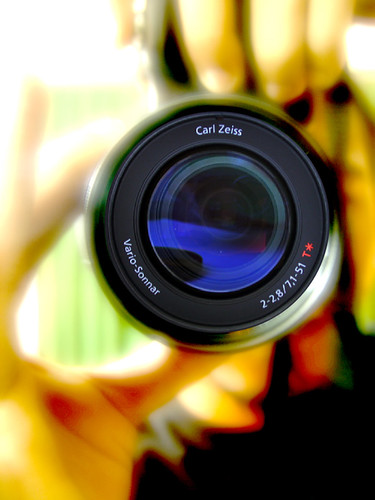 Closed circuit televisions systems are now almost synonymous with business or public security. In recent years, the technology has extended to residential homes. Additionally, the available CCTV security has leaped significantly from a decade ago in terms of advanced features.
Closed circuit televisions systems are now almost synonymous with business or public security. In recent years, the technology has extended to residential homes. Additionally, the available CCTV security has leaped significantly from a decade ago in terms of advanced features.
The main things making up a CCTV security installation are the camera, the cabling for power and video transmission, the video recording device and the viewing device. The actual technology chosen for each stage of the infrastructure depends on the budget allocation for your intended purchase and the nature of surveillance desired.
1.Digital camera improvements
Most of the CCTV technology became mainstream in the 1980s and the 90s decade. However, the camera technology during that time remained fairly analogue. Analogue cameras can capture a limited number of picture frames, and have a limited lens-viewing angle. In addition, the analogue technology takes a large storage space compared to the digital form.
The advancement of camera technology ushered the digital camera that is much superior. Whereas analogue cameras take black and white pictures in poorly lit areas, the digital ones can grab color all day and night. Another improvement on digital cameras came with their mega-pixel camera. For analogue footage, the default zoom was the only resolution one could work with. The mega-pixel camera, however allows the viewer to zoom in on the captured video.
The new 2mp camera has a bigger capture area and replaces six analogue cameras. While analogue cameras are quite cheap, having a digital camera is cheaper because other than replacing the cameras, it also comes with new capabilities at a fraction of the cost.
2.Wireless technology

Cameras have also become wireless, capable of relaying video signals to a standalone digital video recorder setup within their proximity. The video relay happens through an internet protocol network or short distance wireless solutions such as Bluetooth and wireless-fidelity (Wi-Fi). In addition to the lenses and basic camera components, these cameras also have programmable circuits that have wireless network capabilities. It works like a camera phone, only that manipulation of the device happens remotely.
3.All weather covers for cameras
Previously, cameras needed protection from harsh weather conditions, like rain that causes wetness or excess heat that destroy PVC components.? Constant variations from wetness to excessive heat lower the life of the camera device. New technology in material components has ensured that 21st century camera equipment work optimally in all-weather conditions. The improvements in lens technology also ensure that even in poor light conditions such as misty or cloudy weather, the cameras can still capture footage.
4.Camera image zooming capabilities

Other than the mega-pixel technology coming with digital cameras, which allows for digital zooming, the camera devices are also getting their own zooming function. The falling costs of lens and other camera equipment have allowed manufactures to use more than one lens combination in cameras. This enables optical zooming whose main benefit is the preservation of resolution. Digital zooming creates a compromise in resolution.
Resolution of an image indicates the number of color dots called pixels in the length or width of the captured image. For optical zooming, the resolution of the image remains the same. Thus, with a combination of these two technologies, people are now able to have much detailed coverage of their premises or public places.
For the zooming reason, mega-pixel cameras are now appropriate for parking lot surveillance, which needs an accurate capture of vehicle number plates.
5.Simpler cables

The CCTV cabling has relatively remained the same. Other than the advent of wireless options, the cabling becomes easier. Instead of using a separate power cable and the video cable, now there is an option combining the two and this reduces the cabling costs. In addition, manufactures now have standardized sizes for different installing complete with connector pins, and this makes CCTV installation for your do-it-yourself project quite manageable. The common cables used now are RG59 and RG6. The standardization of cabling options also makes replacements or modifications easy.
6.Smaller and more powerful video recorders

The video recording equipment has seen major improvements historically. Originally, video was recorded in magnetic tapes that were bulky. They also required bulky devices to re-run them after the initial recording. Moreover, one had to forward or rewind the footage mechanically. After the development of hard disks, recording became less space hungry. Hard disks continue to grow smaller and larger in their capacity.

Hi, I am Sarah Paul and writes guest posts on different topics related to home improvement and security. I purchased CCTV for my business and home from Zoom Video, an online solution to buy and install cctv in Melbourne.

the lake house petrino arkansas roy williams matt lauer divine mercy chaplet albert pujols the shining
No comments:
Post a Comment
Note: Only a member of this blog may post a comment.